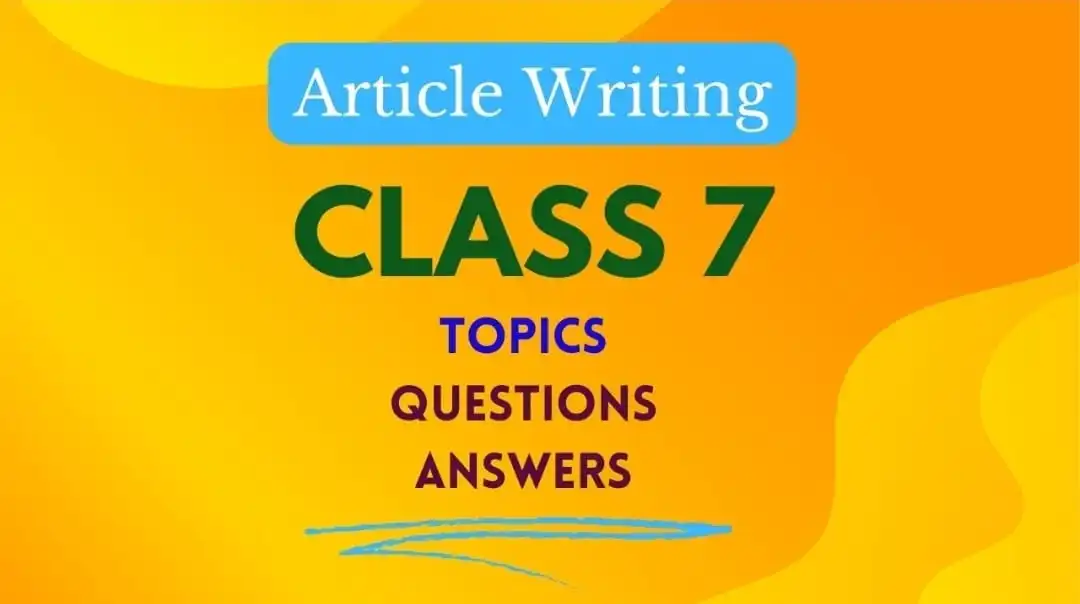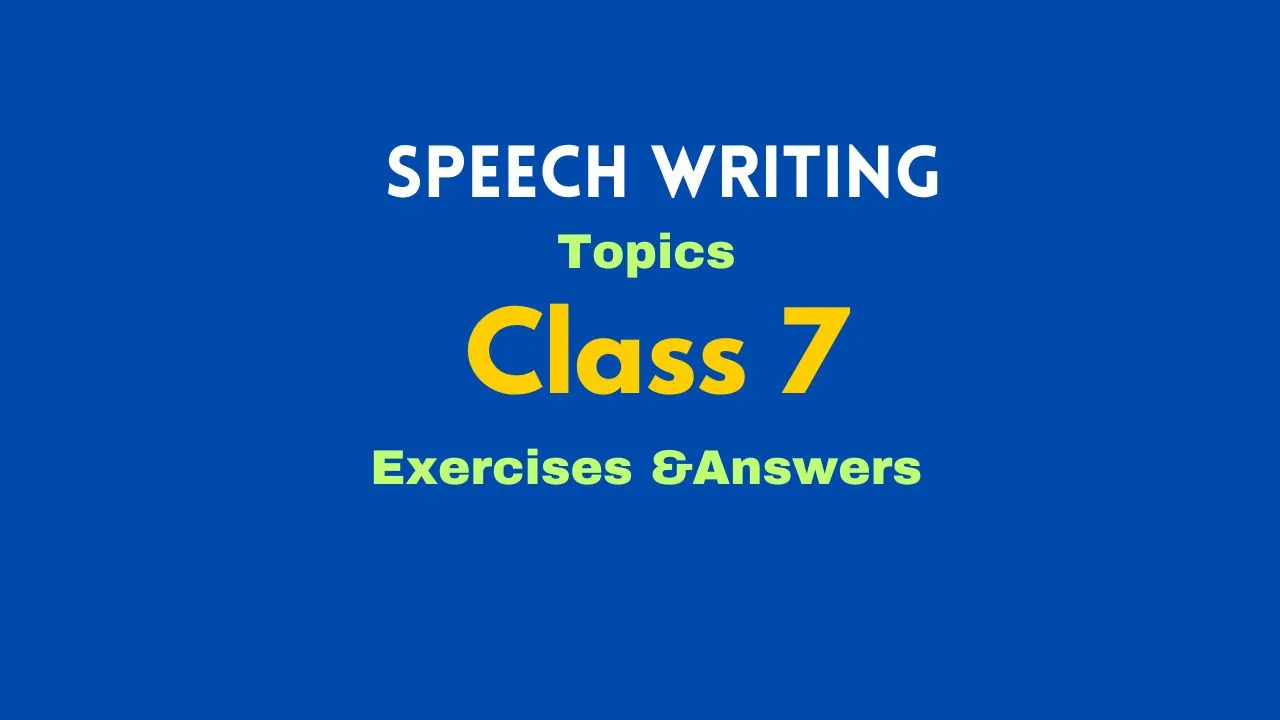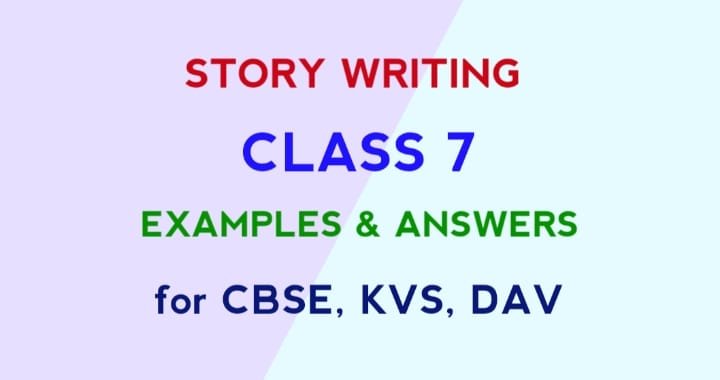Precis writing is an invaluable skill that demands a keen understanding of a passage’s core ideas and the ability to condense them into a concise form. In this article, we’ll explore common questions related to precis writing, providing detailed answers, examples, and relevant topics to help you master this essential skill.
Understanding Precis Writing Questions Answers with Examples and Topics
Precis writing involves summarizing a given passage while maintaining its key ideas and essence. It requires precision, clarity, and an adept grasp of language. Let’s delve into some frequently asked questions about precis writing.
What is Precis Writing?
Precis writing is a concise summary or shortened version of a text, maintaining its essence while condensing its main points. It involves extracting essential information, restructuring sentences, and ensuring clarity without losing the original meaning. The goal is to present a brief yet comprehensive rendition of the original material.
Why is Precis Writing Important?
Precis writing enhances communication skills, promotes clarity, and is widely used in academia, professional settings, and competitive exams.
People also search
5 Important Rules for Precis Writing Questions Answers with Examples and Topics
Understand the Passage Thoroughly: Read the given text multiple times to grasp its main ideas, key arguments, and nuances.
Identify Key Elements: Focus on the central theme, main points, and supporting details that convey the author’s message.
Maintain Clarity and Conciseness: Express the essence of the passage in your own words, ensuring clarity without losing the original meaning.
Craft a Coherent Structure: Follow a logical sequence, including an introduction, body, and conclusion, mirroring the original composition.
Use Precise Language: Choose words judiciously, avoiding unnecessary details while capturing the essential elements.
Examples:
Passage:
Global supply chains face unprecedented challenges, ranging from disruptions due to the pandemic to geopolitical tensions. The reliance on interconnected systems highlights vulnerabilities, prompting a reassessment of supply chain resilience. Businesses grapple with issues like demand variability, logistics bottlenecks, and the need for sustainable practices. The ongoing transformation underscores the importance of agile supply chain strategies, digital innovations, and a holistic approach to mitigate risks and build a more resilient global economy.
Precis:
Global supply chains face challenges like pandemic disruptions and geopolitical tensions, highlighting vulnerabilities in interconnected systems. Businesses face demand variability, logistics bottlenecks, and sustainable practices. Agile strategies, digital innovations, and holistic approaches are crucial for mitigating risks and building a resilient global economy.
Format of a good Precis Writing Questions Answers with Examples and Topics
Heading:
- Choose a concise and descriptive title that reflects the central theme of the original passage.
Introduction:
- Begin with a sentence that encapsulates the main idea and introduces the author and context.
- Include essential details like the author’s name, title of the passage, and publication source.
Body:
- Analyze the passage and extract its essential points.
- Condense each major point into a clear, well-structured sentence.
- Preserve the logical order and emphasis of the original passage.
Conclusion:
- Summarize the overall message or argument of the passage.
- Conclude with a sentence that reinforces the importance or impact of the author’s ideas.
Word Limit:
- Keep the precis within the specified word limit, typically one-third of the original passage’s length.
Clarity and Coherence:
- Ensure each sentence flows logically from the preceding one.
- Use straightforward language to maintain clarity.
Avoid Personal Opinions:
- Refrain from inserting personal opinions or interpretations into the precis.
Original Tone:
- Capture the original tone and style of the author to maintain the passage’s integrity.
Example to verify the above points:
Passage:
The surge in online learning has reshaped the educational landscape, accelerated by global events that necessitated remote alternatives. Virtual classrooms offer flexibility, accessibility, and diverse learning resources. However, challenges such as the digital divide and the need for robust online pedagogy persist. The ongoing debate about the efficacy of online learning underscores the importance of adapting traditional educational models to the digital era. Balancing technological advancements with inclusive practices remains essential in providing quality education for diverse learners
Precis:
Title: “Transformative Impact of Online Learning”
Introduction:
“The surge in online learning, accelerated by global events necessitating remote alternatives, has reshaped the educational landscape. This phenomenon has given rise to virtual classrooms, offering flexibility, accessibility, and diverse learning resources.”
Body:
- Online learning is reshaping education, emphasizing flexibility and diverse resources.
- Challenges such as the digital divide and the need for robust online pedagogy persist in the evolving landscape.
- Despite these challenges, virtual classrooms provide essential flexibility, accessibility, and diverse learning resources.
- The ongoing debate about the efficacy of online learning highlights the need to adapt traditional educational models to the digital era.
- Balancing technological advancements with inclusive practices is deemed essential in providing quality education for diverse learners.
Conclusion:
In conclusion, the revolutionary influence of online learning, despite overcoming challenges, highlights the need to adjust traditional models.. Balancing technology with inclusivity is crucial for delivering quality education in this digital era.”
Word Limit:
Precis Word Count: 108 words (within the acceptable range).
Clarity and Coherence:
The precis maintains clarity and coherence, ensuring each point logically progresses from the introduction to the conclusion.
Avoid Personal Opinions:
The precis refrains from incorporating personal opinions, presenting the ideas objectively.
Original Tone:
The tone of the original passage, emphasizing the transformative impact of online learning, is faithfully captured in the precis.
Length of Precis Writing Questions Answers with Examples in Different Exams
The acceptable length of a precis can vary depending on the specific exam or guidelines provided. Generally, the length of a precis is specified in terms of words or a percentage of the original text’s length.
For instance:
- In some exams or academic settings, a precis might be required to be one-third (1/3) or one-fourth (1/4) of the original passage’s length. If the original passage is 300 words, the precis should be around 100-150 words.
- Other exams might specify an exact word count for the precis, such as 100 words, 150 words, or any other specific count.
It’s essential to carefully follow the instructions in the exam or assignment guidelines regarding the required length of the precis. Exceeding or falling short of the specified word count might lead to penalties or a lower assessment score.
5 Dos & Don’ts in Precis Writing Questions Answers with Examples and Topics
Dos in Precis Writing:
Understand the Passage Thoroughly:
- Do: Read the given text multiple times to grasp its main ideas and nuances.
Identify Key Elements:
- Do: Focus on the central theme, main points, and supporting details to capture the essence.
Maintain Clarity and Conciseness:
- Do: Express the ideas in clear, concise language, avoiding unnecessary details while preserving the original meaning.
Craft a Coherent Structure:
- Do: Organize your precis with a logical structure, including an introduction, body, and conclusion that mirror the original flow.
Use Precise Language:
- Do: Choose words judiciously for clarity and brevity, ensuring every word contributes to the overall meaning.
Don’ts in Precis Writing:
Avoid Personal Opinions:
- Don’t: Insert personal opinions or interpretations into the precis; maintain objectivity.
Don’t Exceed Word Limit:
- Don’t: Exceed the specified word limit, typically one-third of the original passage’s length.
Avoid Unnecessary Details:
- Don’t: Include unnecessary details that do not contribute to the core ideas of the passage.
Don’t Alter the Original Meaning:
- Don’t: Change the meaning or emphasis of the original passage while expressing it in your own words.
Don’t Disregard Logical Flow:
- Don’t: Disrupt the logical flow of ideas; ensure each sentence follows logically from the preceding one.
Following these dos and don’ts will help create a precise and accurate summary while adhering to the guidelines of the task.
5 Key Differences between Precis and Summary
1. Length:
- Precis: Typically, a precis is much shorter than a summary, often limited to one-third or one-fourth of the original passage’s length.
- Summary: Summaries can vary in length and are generally more comprehensive, covering the main points of the entire text.
2. Level of Detail:
- Precis: Focuses on condensing the passage to its essential points, often omitting examples, anecdotes, or illustrative details.
- Summary: May include more details, examples, and supporting information to provide a more thorough overview of the original text.
3. Writing Style:
- Precis: Requires rewriting the passage in a concise manner while maintaining the original author’s tone and style.
- Summary: Allows for a more flexible writing style, and the summarizer may use their own words and structure to convey the main ideas.
4. Purpose:
- Precis: Primarily aims to capture the core ideas of the passage while maintaining brevity; often used in academic or formal contexts.
- Summary: Aims to provide a comprehensive overview of the entire text, including major themes, supporting details, and conclusions; used in various contexts, from academic to casual.
5. Content Inclusion:
- Precis: Typically includes only the central theme, main points, and essential supporting details necessary to convey the passage’s meaning.
- Summary: Can include a broader range of information, encompassing the main ideas, subplots, and various aspects of the original content to present a more holistic view.
In essence, while both a precis and a summary involve condensing a text, a precis is more focused on brevity and essential elements, while a summary may be more extensive and flexible in its coverage.
Precis Writing Questions Answers with Examples and Topics
Here are 10 precis writing examples on current topics, with corresponding Answers:
Example 1: Impact of Remote Work
Passage:
The rise of remote work has become a defining feature of the modern workforce. Accelerated by technological advancements and the global response to the pandemic, businesses and employees are reevaluating traditional office structures. Remote work offers flexibility, enabling professionals to balance personal and professional life. However, challenges such as maintaining team cohesion and addressing potential burnout have emerged. The shift towards remote work signifies a transformative phase in how we approach work, emphasizing the need for adaptable strategies and technology-driven collaboration.
Precis:
The rise of remote work, driven by technological advancements and the pandemic, has transformed the modern workforce, offering flexibility for personal and professional life. However, challenges like team cohesion and burnout persist, emphasizing the need for adaptable strategies and technology-driven collaboration.
Example 2: Impact of Climate Change
Passage:
The alarming acceleration of climate change poses unprecedented threats to the planet. From extreme weather events to rising sea levels, the consequences are evident globally. The urgent need for sustainable practices, renewable energy sources, and international cooperation is more apparent than ever. Governments, businesses, and individuals must collaborate to mitigate the impact and adopt environmentally conscious initiatives. The ongoing discourse on climate change emphasizes the critical role each entity plays in preserving the planet for future generations.
Precis:
Climate change is a global threat causing extreme weather events and rising sea levels, necessitating immediate action through sustainable practices, renewable energy, and international cooperation, emphasizing the crucial role of governments, businesses, and individuals in preserving the planet.
Example 3: Vaccine Rollout for Global Health
Passage:
The global effort to vaccinate against COVID-19 is a monumental task with far-reaching implications. Vaccination campaigns, while making significant progress, face challenges related to distribution, vaccine hesitancy, and the emergence of new variants. Access to vaccines in developing countries remains a concern, emphasizing the need for equitable distribution. International collaboration and support are crucial in ensuring widespread vaccination to curb the impact of the ongoing pandemic and pave the way for a return to normalcy.
Precis:
The global COVID-19 vaccine campaign faces challenges like distribution, vaccine hesitancy, and emerging variants. Equitable access, particularly in developing nations, is crucial for a return to normalcy and mitigating the pandemic’s impact.
Example 4: Rise of Cryptocurrency
Passage:
The surge in popularity of cryptocurrencies, led by Bitcoin and Ethereum, is reshaping the financial landscape. Investors are drawn to the potential for high returns, and mainstream acceptance of digital currencies is growing. However, regulatory uncertainties and concerns about market volatility persist. The cryptocurrency boom underscores the evolving nature of finance and the need for a balanced approach that embraces innovation while addressing risks associated with this decentralized form of currency.
Precis:
Cryptocurrencies like Bitcoin and Ethereum are gaining popularity due to their high returns, transforming the financial landscape. However, this growth comes with regulatory uncertainties and market volatility concerns, highlighting the need for a balanced approach that embraces innovation while addressing risks.
Example 5: Impact of Social Media on Society
Passage:
Social media’s pervasive influence on society is profound, shaping communication, culture, and even political discourse. While connecting people globally, concerns about misinformation, privacy breaches, and mental health issues have intensified. The impact of social media on shaping public opinion and fostering both unity and division reflects its dual nature. Balancing the benefits with responsible usage and effective regulation is crucial to harnessing the positive aspects while mitigating the negative consequences.
Precis:
Social media’s impact on society, communication, culture, and political discourse raises concerns about misinformation, privacy breaches, and mental health. Balancing benefits with responsible usage and effective regulation is crucial to maximize positive impacts and mitigate negative consequences.
Example 6: Artificial Intelligence in Healthcare
Passage:
The integration of artificial intelligence (AI) in healthcare is revolutionizing diagnostics and patient care. Machine learning algorithms analyze vast datasets to identify patterns and assist in early disease detection. AI-driven innovations range from personalized treatment plans to predictive analytics, enhancing medical decision-making. While the potential benefits are substantial, ethical considerations, data privacy, and the need for transparent algorithms require careful navigation. The ongoing evolution of AI in healthcare signifies a transformative shift, prompting continuous exploration of its capabilities and responsible implementation.
Precis:
Artificial intelligence is revolutionizing healthcare by enhancing diagnostics and patient care through machine learning algorithms. This technology enhances medical decision-making, but ethical considerations, data privacy, and transparent algorithms require careful implementation. The ongoing evolution of AI in healthcare is a transformative shift.
Example 7: Impact of Online Learning on Education
Passage:
The surge in online learning has reshaped the educational landscape, accelerated by global events that necessitated remote alternatives. Virtual classrooms offer flexibility, accessibility, and diverse learning resources. However, challenges such as the digital divide and the need for robust online pedagogy persist. The ongoing debate about the efficacy of online learning underscores the importance of adapting traditional educational models to the digital era. Balancing technological advancements with inclusive practices remains essential in providing quality education for diverse learners.
Precis:
The rise of online learning has revolutionized education, offering flexibility and diverse resources. However, challenges like the digital divide and the need for robust online pedagogy persist. The debate emphasizes the need to adapt traditional education to the digital era.
Example 8: Mental Health Challenges in the Digital Age
Passage:
The digital age brings new mental health challenges, with increased screen time, social media pressures, and the constant influx of information. Concerns about digital addiction, cyberbullying, and the impact on well-being are on the rise. Amid technological advancements, fostering digital mindfulness, promoting positive online behaviors, and integrating mental health support within digital platforms become imperative. Addressing the intersection of mental health and the digital landscape is crucial for creating a healthier and more resilient society.
Precis:
The digital age presents mental health challenges like screen time, social media pressures, and information overload, leading to concerns about digital addiction and cyberbullying. Therefore, promoting digital mindfulness, positive online behaviors, and mental health support is crucial for a healthier society.
Example 9: Future of Work Post-Pandemic
Passage:
The post-pandemic future of work is undergoing a paradigm shift. Hybrid work models, remote collaboration tools, and a focus on employee well-being redefine the traditional workplace. Organizations are reevaluating office structures, emphasizing flexibility and technology-driven solutions. Balancing remote work advantages with maintaining organizational culture poses challenges. The evolving work landscape underscores the importance of adaptability, continuous learning, and a human-centric approach to foster a thriving workforce in the new normal.
Precis:
The post-pandemic work landscape is shifting towards hybrid models, remote collaboration tools, and employee well-being. Organizations are reevaluating office structures, emphasizing flexibility and technology-driven solutions. Balancing remote work advantages with organizational culture presents challenges, emphasizing adaptability, continuous learning, and a human-centric approach.
Example 10: Challenges of Global Supply Chains
Passage:
Global supply chains face unprecedented challenges, ranging from disruptions due to the pandemic to geopolitical tensions. The reliance on interconnected systems highlights vulnerabilities, prompting a reassessment of supply chain resilience. Businesses grapple with issues like demand variability, logistics bottlenecks, and the need for sustainable practices. The ongoing transformation underscores the importance of agile supply chain strategies, digital innovations, and a holistic approach to mitigate risks and build a more resilient global economy.
Precis:
Global supply chains face challenges like pandemic disruptions and geopolitical tensions, highlighting vulnerabilities in interconnected systems. Businesses face demand variability, logistics bottlenecks, and sustainable practices. Agile strategies, digital innovations, and holistic approaches are crucial for mitigating risks and building a resilient global economy.
Frequently Asked Question – Precis Writing
What is the precis writing?
Ans: Precis writing is the art of condensing a given text to its essential points, expressing its main ideas and arguments concisely. It requires a clear understanding of the original content while maintaining brevity and coherence in the summarization process.
What is precis and example?
Ans: A precis is a concise summary of a text, capturing its main ideas and arguments. For example, in a precis of an article on climate change, one might condense key points like global impact, environmental challenges, and mitigation strategies while maintaining clarity and brevity.
What are the 4 rules in writing precis?
Ans: 1. Understand the passage thoroughly.
2. Identify key elements, including the main theme and supporting details.
3. Maintain clarity and conciseness in expression.
4. Craft a coherent structure following the original flow.
What is precis writing in SSC CGL?
Ans: In SSC CGL, precis writing assesses candidates’ ability to condense a given passage while retaining its essence. It evaluates comprehension, clarity, and conciseness. Candidates must express the key ideas of the text effectively within a specified word limit.
How can I get full marks in precis writing?
Ans: To secure full marks in precis writing, ensure a thorough understanding of the passage, identify key elements, maintain clarity and conciseness, follow the prescribed structure, and adhere to the specified word limit. Express the essence of the text accurately in your own words.
What is the word limit for precis in SSC?
Ans: In SSC exams, including SSC CGL, the word limit for precis writing is usually around one-third or one-fourth of the original passage’s length. Adhering to the specified word limit is crucial for effective summarization.
What are the 10 rules in writing a precis?
Ans: 1. Understand the passage thoroughly.
2. Identify main theme and key points.
3. Maintain clarity and conciseness.
4. Follow a coherent structure.
5. Stick to the specified word limit.
6. Use precise language.
7. Avoid personal opinions.
8. Retain the original tone.
9. Do not alter the meaning.
10. Ensure logical flow of ideas.
What is the rule of precis writing?
Ans: The rule of precis writing involves condensing a passage’s essential ideas concisely. Understand the original text, identify key elements, maintain clarity, and follow a coherent structure. Use precise language, adhere to the specified word limit, and retain the author’s tone and meaning.







